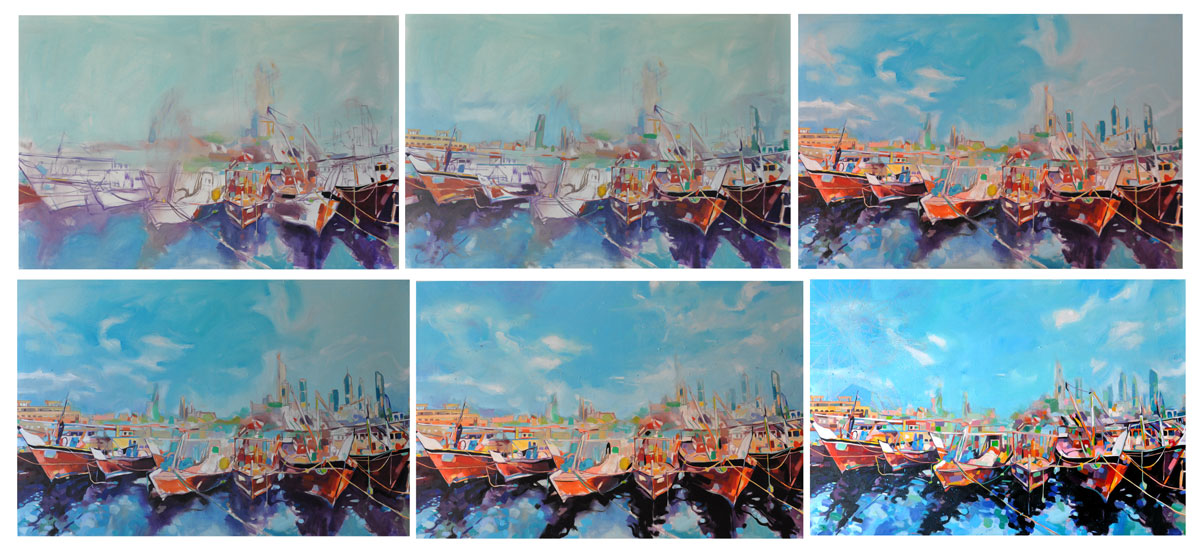
Step by Step
The beauty of creation.
Painting is not only about paints and brushes. It starts much earlier – in my head. It’s weeks or even months when I digest an idea, add various elements, give them up and build them anew. This mental picture matures and macerates in all my previous (and new) experiences. It is influenced by my moods and by an ever-changing world, only to one day unexpectedly explode on the canvas.
At this point I usually realize how much learning is still ahead of me. These weeks of projecting an image in my head are about as useful as a knitted condom! Really, no matter how hard I try, when I start to transfer my thoughts onto the canvas – it never goes according to plan.
This has its advantages. First of all, I realize that I am not as talented as I think I am. Secondly, the painting begins to live its own life and goes in a completely different direction. This allows me to learn something new, explore the technique, express myself here and now, without restrictions. This is probably what I like the most about my job – the unknown.
Over the last few years, I have developed a technique that I use for most of my paintings. It is not a new technique, but it is perfect for me.
I start with acrylic underpainting, which is either very dark or very aggressive in colour. Usually, at this stage, I know that I want to keep some of this base colour and smuggle it until the end. It allows me to build a multilayered image. I make decisions quite early which places I would like to leave unpainted. It’s a bit tiring not to splash paint everywhere, when you are in a fever of creating (brushes flying everywhere, etc). Oh, the life of a painter is so demanding…..😛
Each subsequent layer is a battle between choosing the colours and the freedom of the creative process. It’s not like the colours are spilling out of my head. On one hand, I want to paint vividly and intuitively, on the other, I look at what is already on the canvas and consciously invent a colourful narrative – so that the whole painting will make sense at the end.
I’ve never been a fan of abstract art. I like to have everything organized and planned. Each colour has its place on the palette, each brush must be clean before use … But from time to time I allow myself some controlled madness, I turn off my thinking … then colours flow by themselves and I completely switch off.
Fortunately, when everything is dry, I can just paint over it.

I’ve noticed that the most difficult thing for me is deciding which colour to use for the background. The silhouettes somehow emerge by themselves, while a poorly chosen background can reduce the effectiveness of the whole painting. I usually play with the background until I’m satisfied.
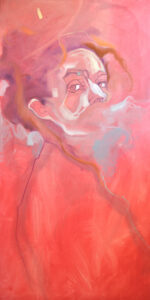
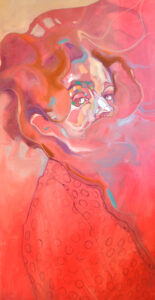
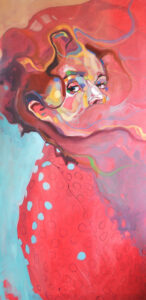
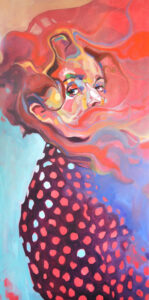
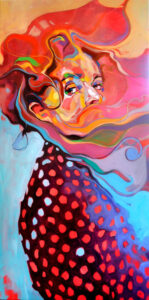
There comes a point during work that I know it’s time to quit. I could paint every painting endlessly, change colours, modify the composition and add new layers. The trick is to know when an image is attractive enough to stand by itself, and fresh enough for the viewer.
Personally, I do not like ‘tired’ paintings, where each millimeter is covered in paint. It’s nice to leave some areas understated … Besides, new ideas are already buzzing in my head.
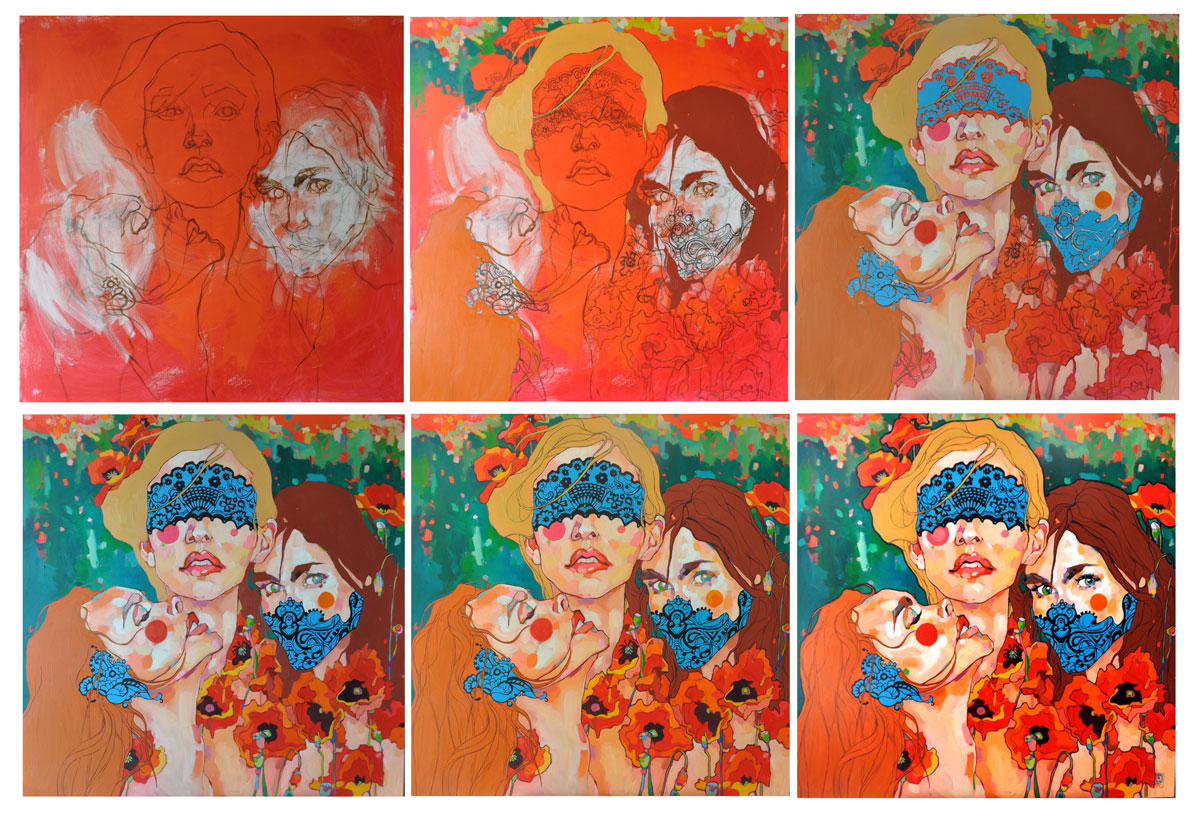





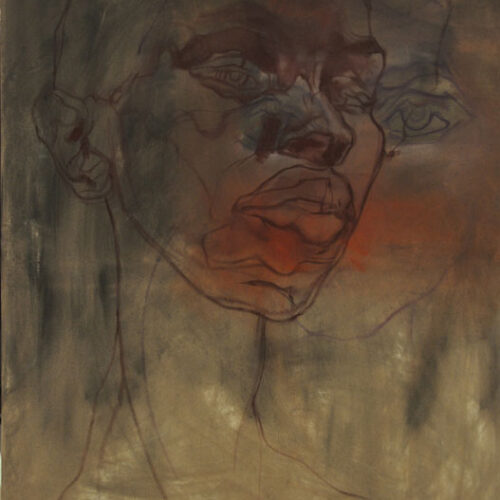

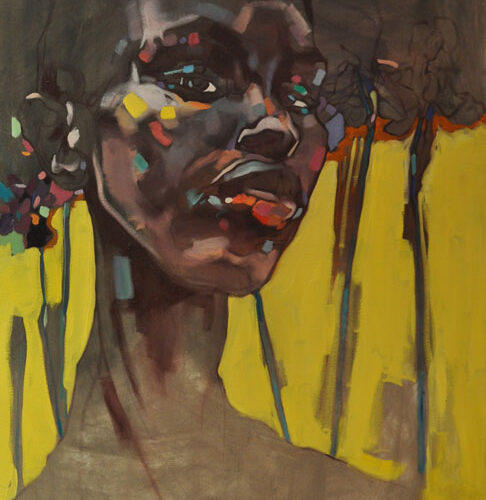
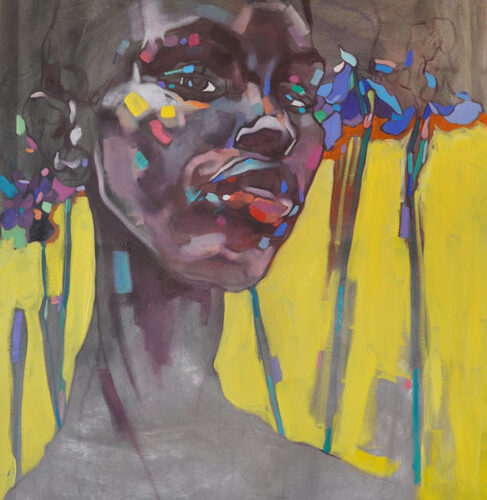


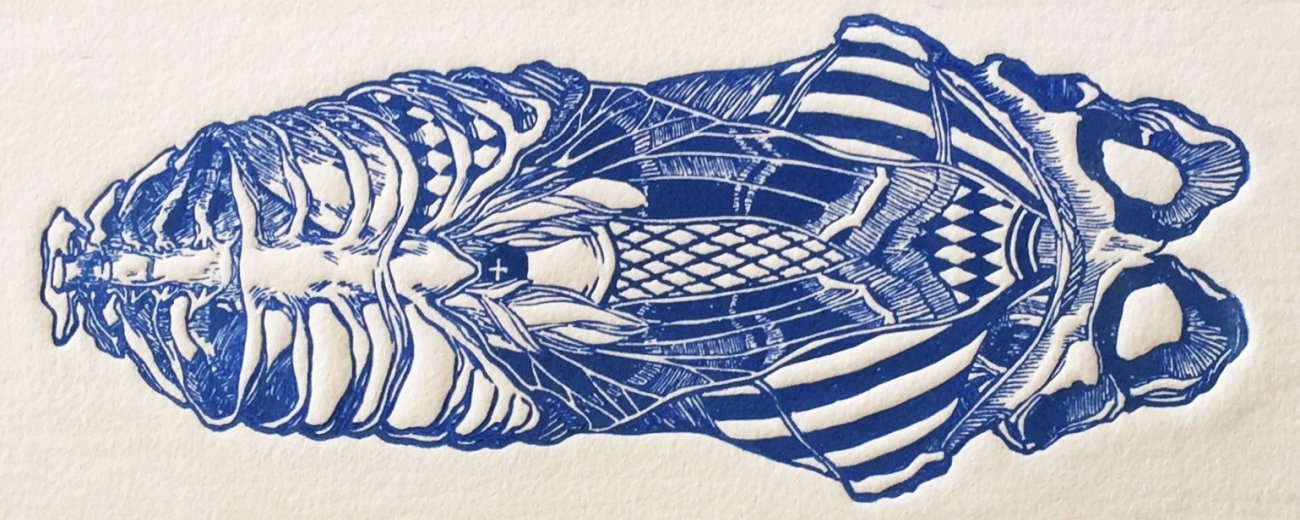
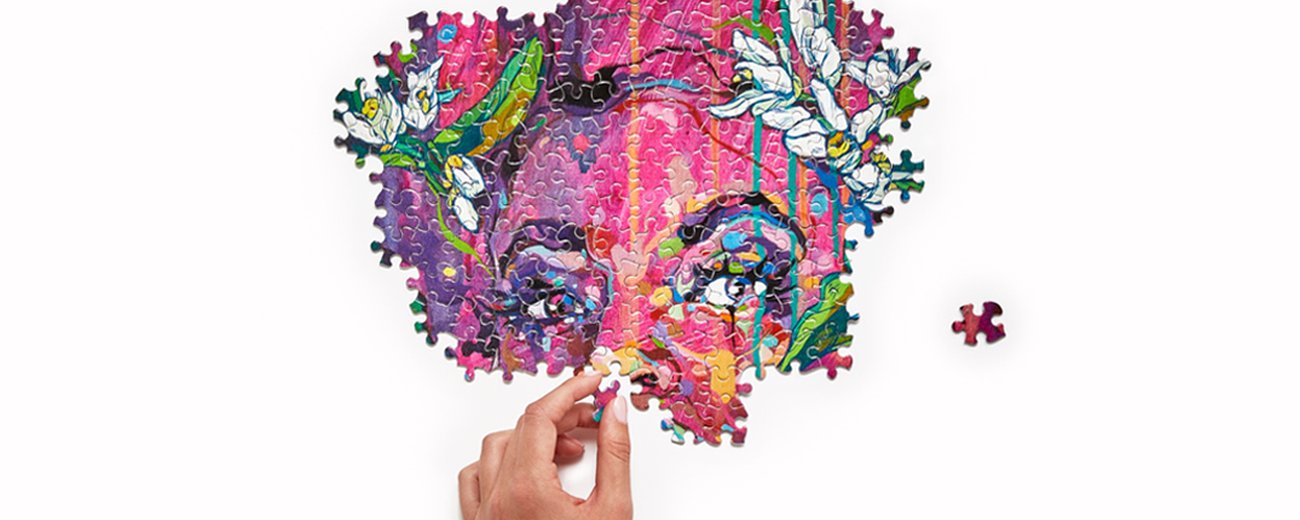
Much Photos Watch
How is the COVID situation over there?